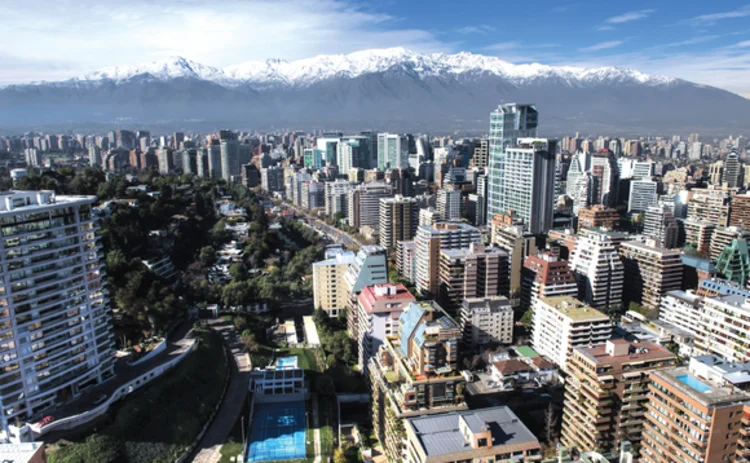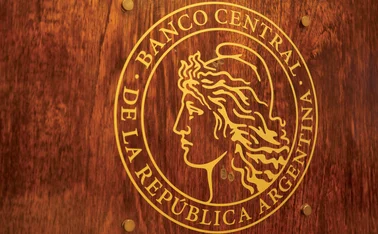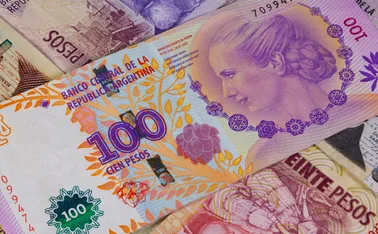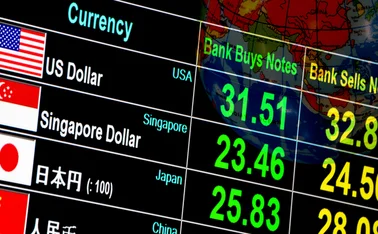
Chile’s forex intervention likely to stabilise peso – experts
Much depends on reform programme chosen by government, however

The Central Bank of Chile is likely to succeed in stabilising the peso’s exchange rate with the massive foreign exchange interventions announced on November 28, but the path ahead may not be smooth, say observers.
Higher copper prices and an undervalued exchange rate will also contribute to tame volatility, says Quinn Markwith, Latin America economist with London-based consultancy Capital Economics.
“While there is likely to be more turbulence ahead for the Chilean peso, the big falls are
Only users who have a paid subscription or are part of a corporate subscription are able to print or copy content.
To access these options, along with all other subscription benefits, please contact info@centralbanking.com or view our subscription options here: subscriptions.centralbanking.com/subscribe
You are currently unable to print this content. Please contact info@centralbanking.com to find out more.
You are currently unable to copy this content. Please contact info@centralbanking.com to find out more.
Copyright Infopro Digital Limited. All rights reserved.
As outlined in our terms and conditions, https://www.infopro-digital.com/terms-and-conditions/subscriptions/ (point 2.4), printing is limited to a single copy.
If you would like to purchase additional rights please email info@centralbanking.com test test test
Copyright Infopro Digital Limited. All rights reserved.
You may share this content using our article tools. As outlined in our terms and conditions, https://www.infopro-digital.com/terms-and-conditions/subscriptions/ (clause 2.4), an Authorised User may only make one copy of the materials for their own personal use. You must also comply with the restrictions in clause 2.5.
If you would like to purchase additional rights please email info@centralbanking.com test test test








